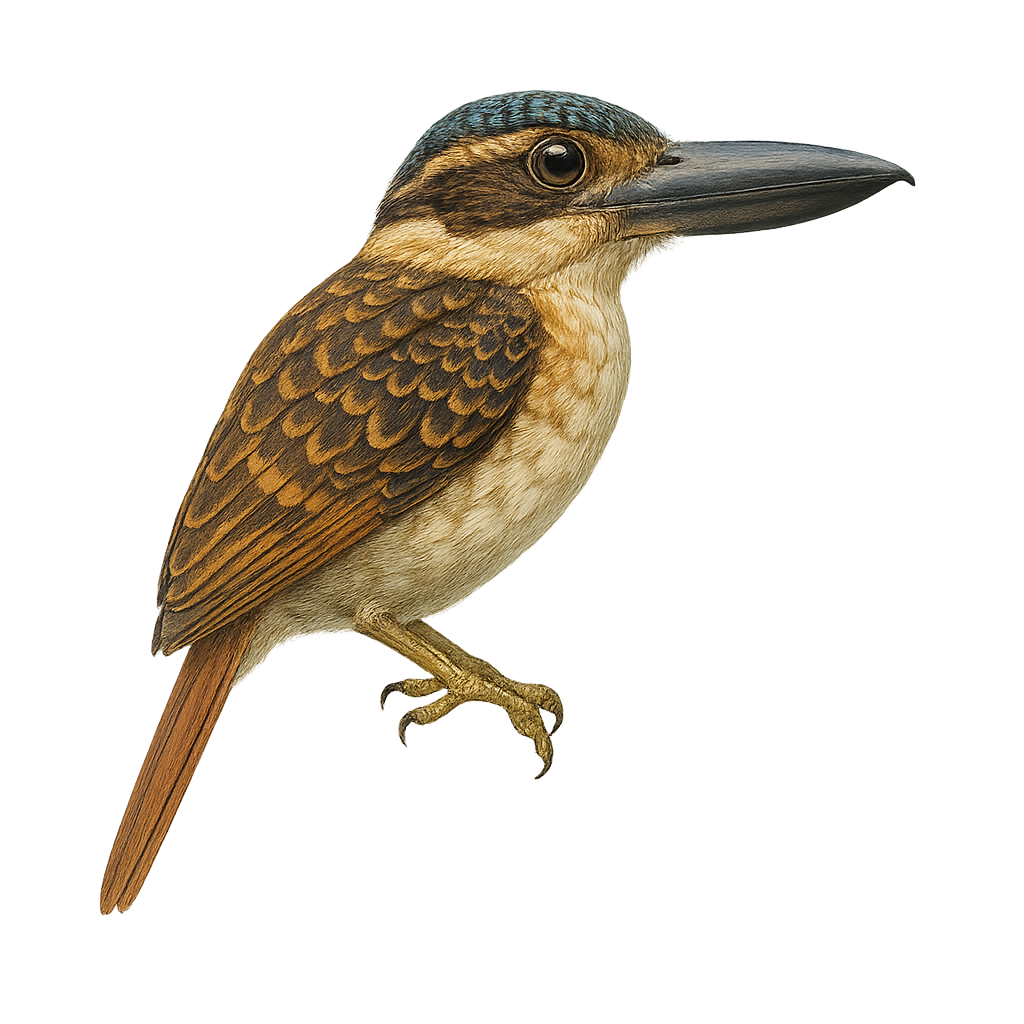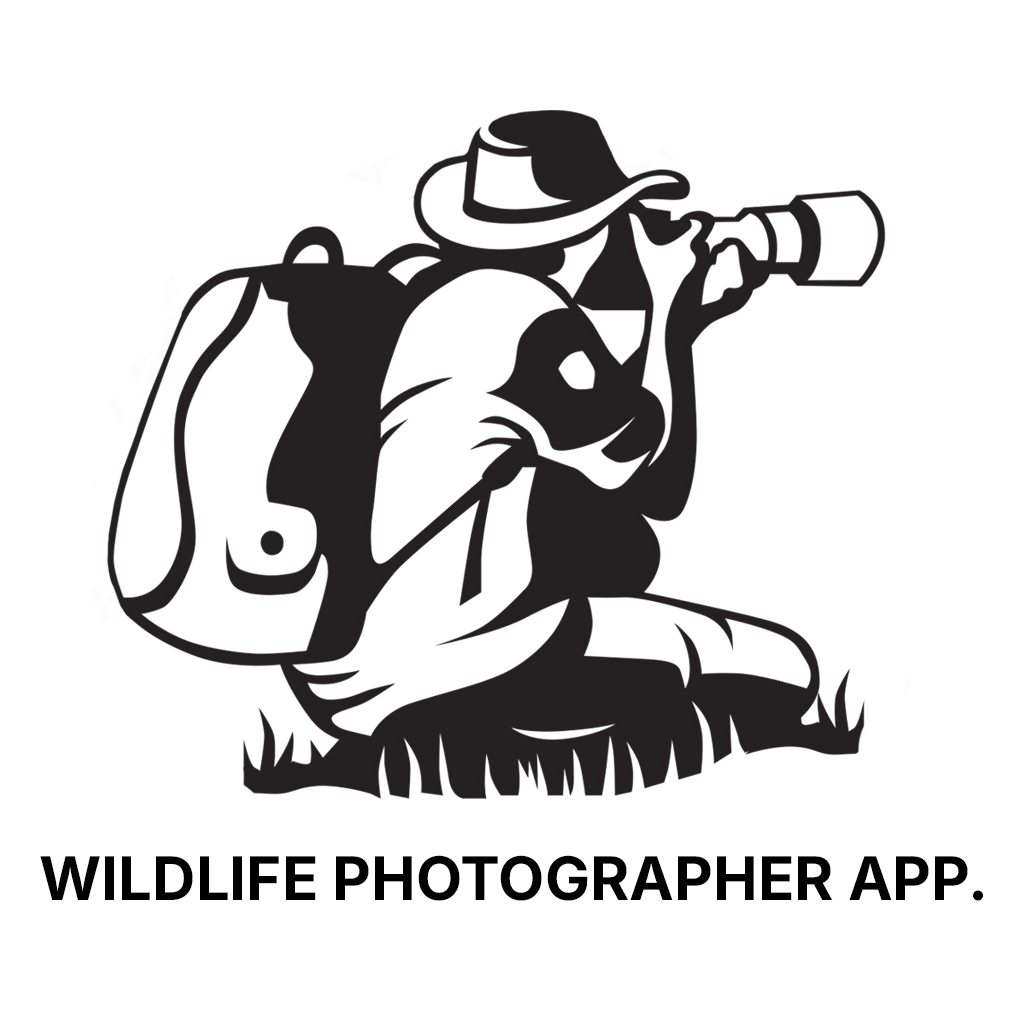Your wildlife photography guide.
Explore the hook-billed kingfisher in detail, study its behavior, prepare your shots.
Where to observe and photograph the hook-billed kingfisher in the wild
Learn where and when to spot the hook-billed kingfisher in the wild, how to identify the species based on distinctive features, and what natural environments it inhabits. The WildlifePhotographer app offers tailored photography tips that reflect the hook-billed kingfisher’s behavior, helping you capture better wildlife images. Explore the full species profile for key information including description, habitat, active periods, and approach techniques.
Hook-billed Kingfisher
Scientific name: Melidora macrorrhina

IUCN Status: Least Concern
Family: ALCEDINIDAE
Group: Birds
Sensitivity to human approach: Suspicious
Minimum approach distance: 10 m
Courtship display: November to January
Incubation: 18-20 jours
Hatchings: November to February
Habitat:
Tropical forests, mangroves, wetlands
Activity period :
Primarily active during the day, with peak activity in the morning and late afternoon.
Identification and description:
The Melidora macrorrhina, commonly known as the Hook-billed Kingfisher, is a fascinating bird native to the tropical forests of New Guinea. This kingfisher is distinguished by its unique, wide, and flattened bill, which allows it to effectively capture aquatic prey. It sports a vibrant plumage with shades of blue, green, and white, giving it an elegant appearance. This bird prefers dense, humid habitats where it can hide among the foliage while watching for prey. Although primarily solitary, it is sometimes observed in small family groups. Its discreet presence and suspicious behavior make it difficult to spot, but it is a true gem for birdwatchers and passionate photographers.
Recommended lens:
400 mm – adjust based on distance, desired framing (portrait or habitat), and approach conditions.
Photography tips:
To photograph the Melidora macrorrhina, it is advisable to use a telephoto lens of 400 mm or more to capture detailed images without disturbing the bird. Look for areas near water, such as riverbanks or mangroves, where this bird is likely to hunt. Be patient and discreet, as this bird is suspicious and may fly away at the slightest alert. Favor times of the day when the light is soft to obtain shots with natural and vibrant colors.
The WildlifePhotographer App is coming soon!
Be the first to explore the best nature spots, track rutting seasons, log your observations, and observe more wildlife.
Already 1 432 wildlife lovers subscribed worldwide

